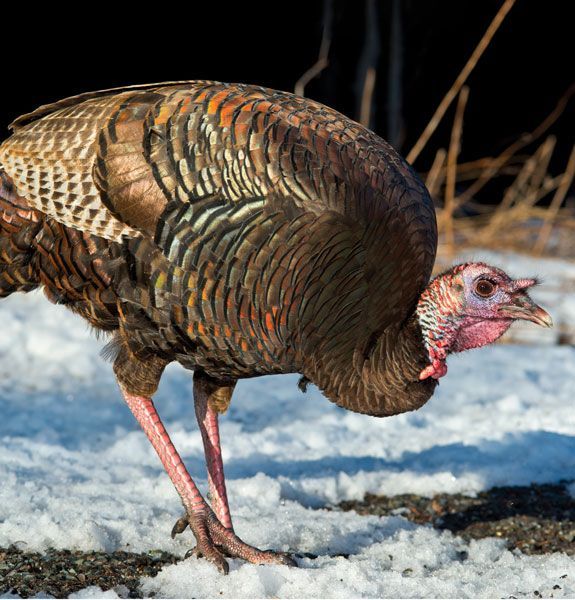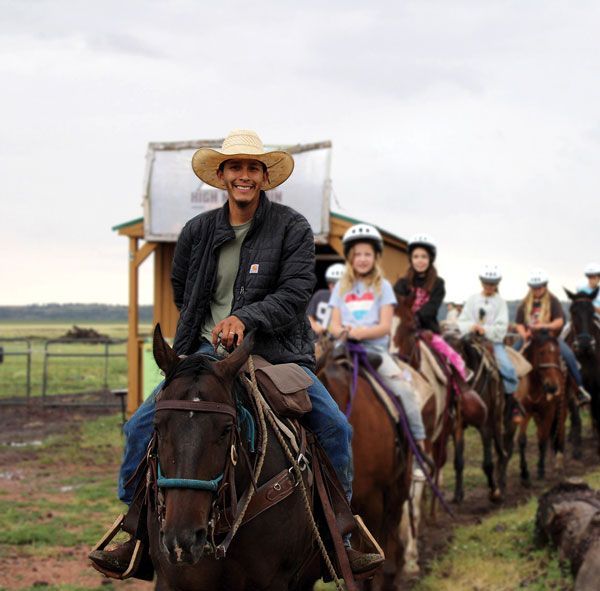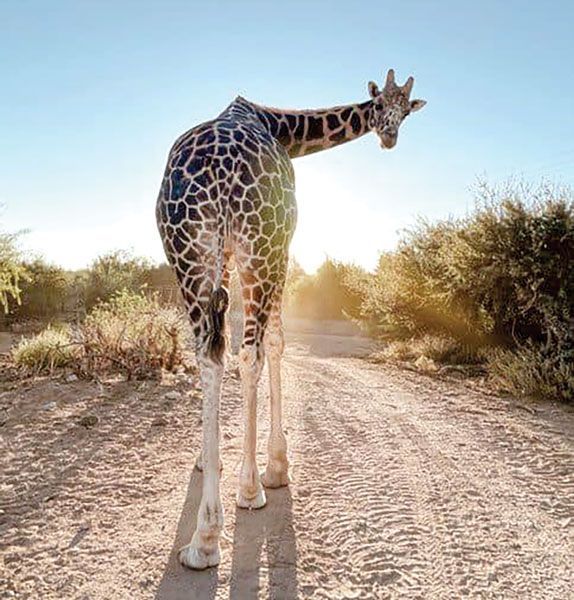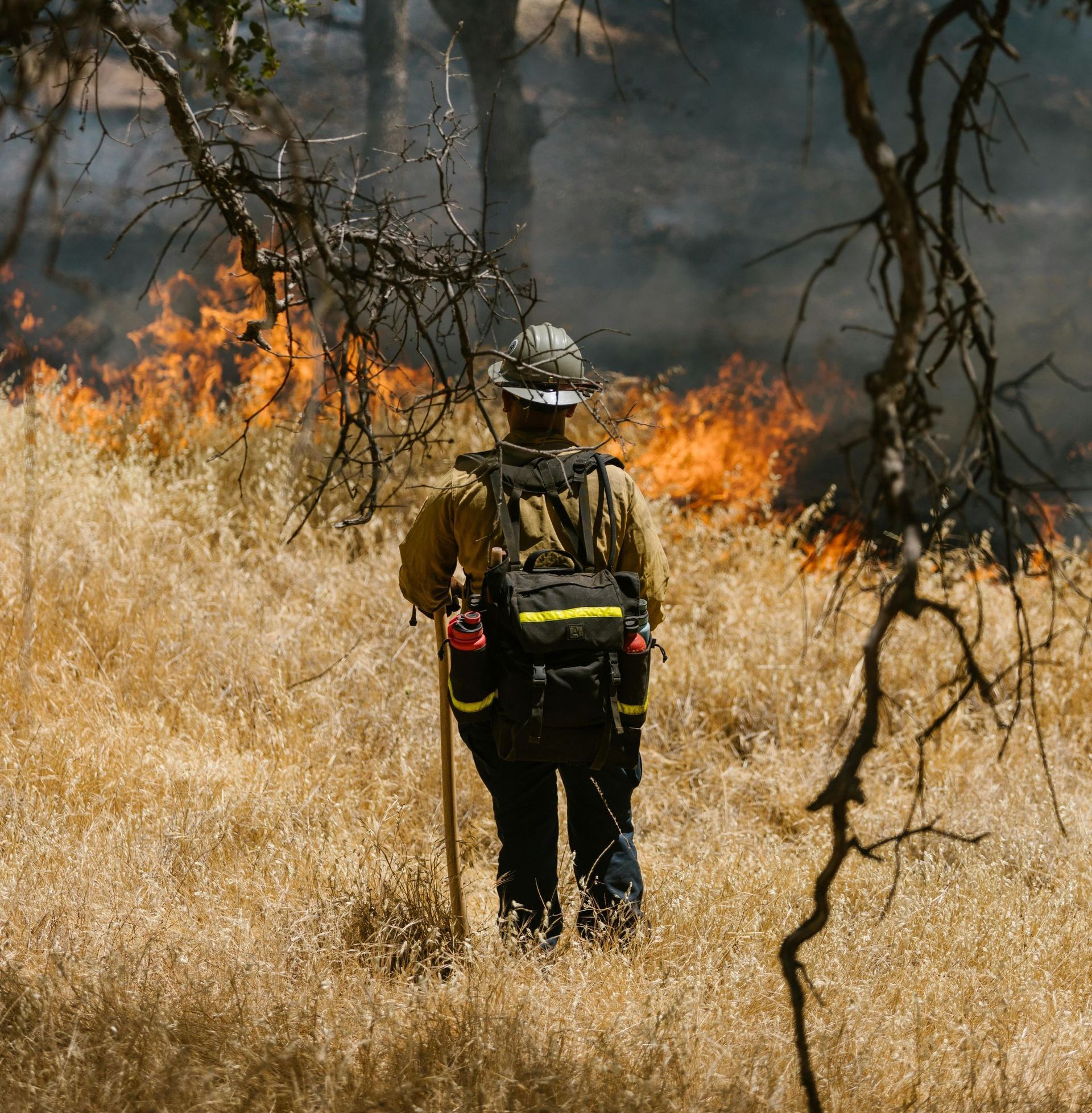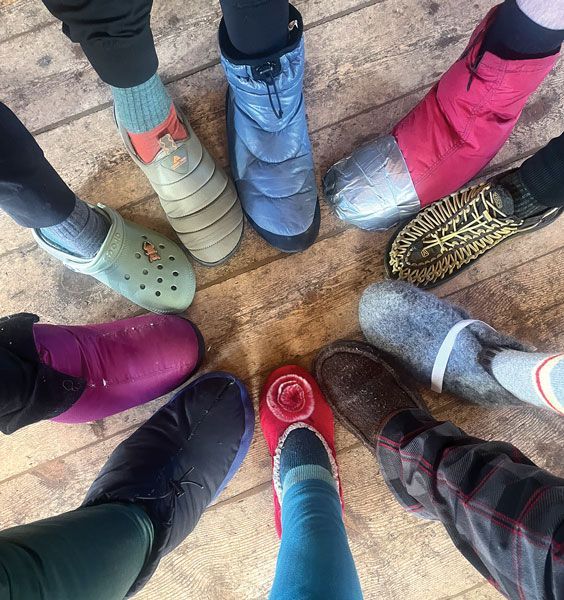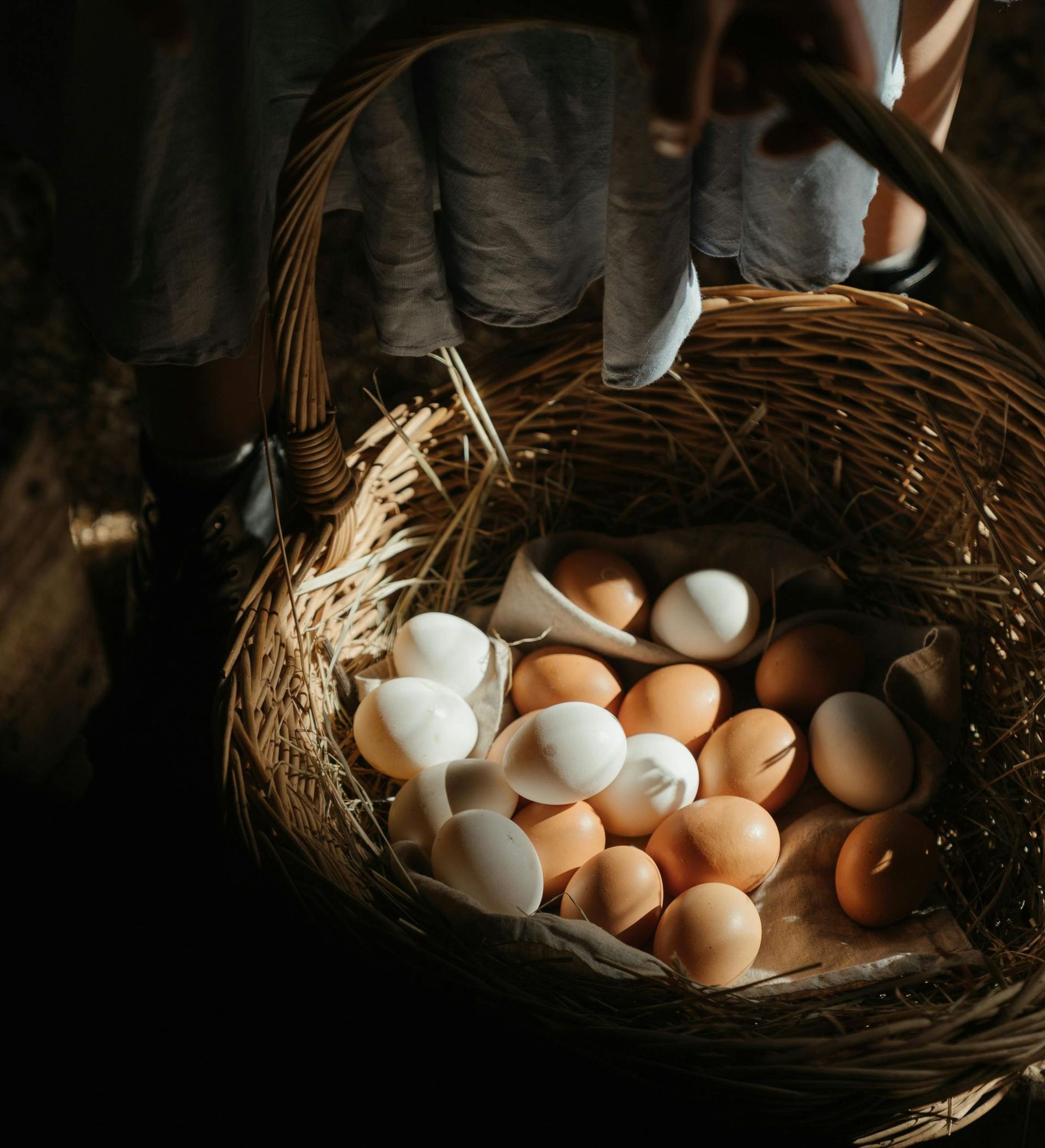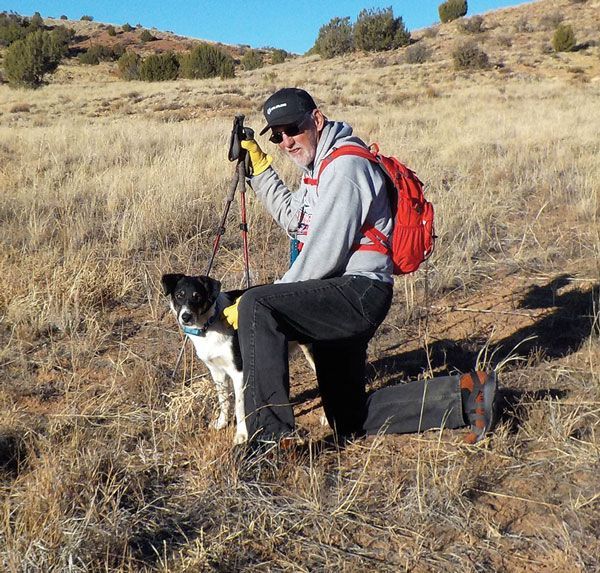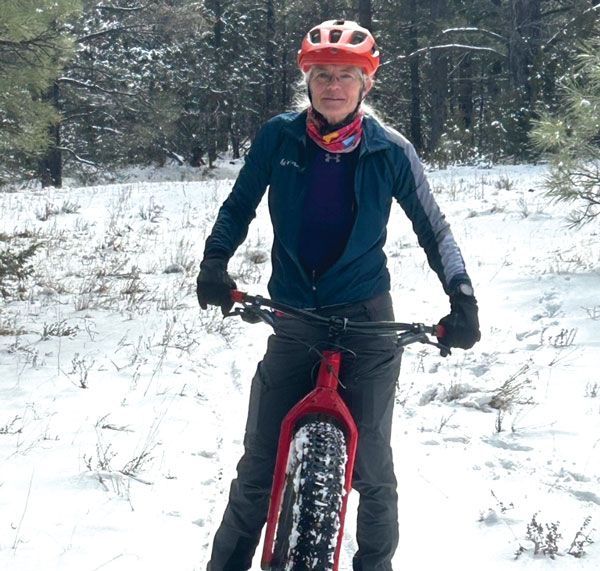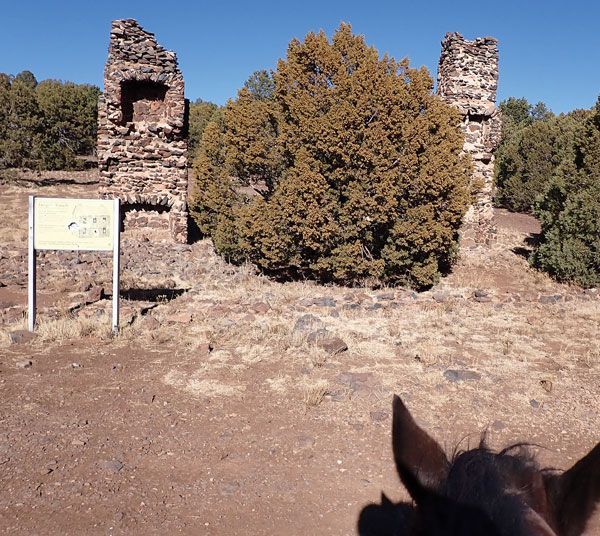A Six-Day River Trip on the Snake...
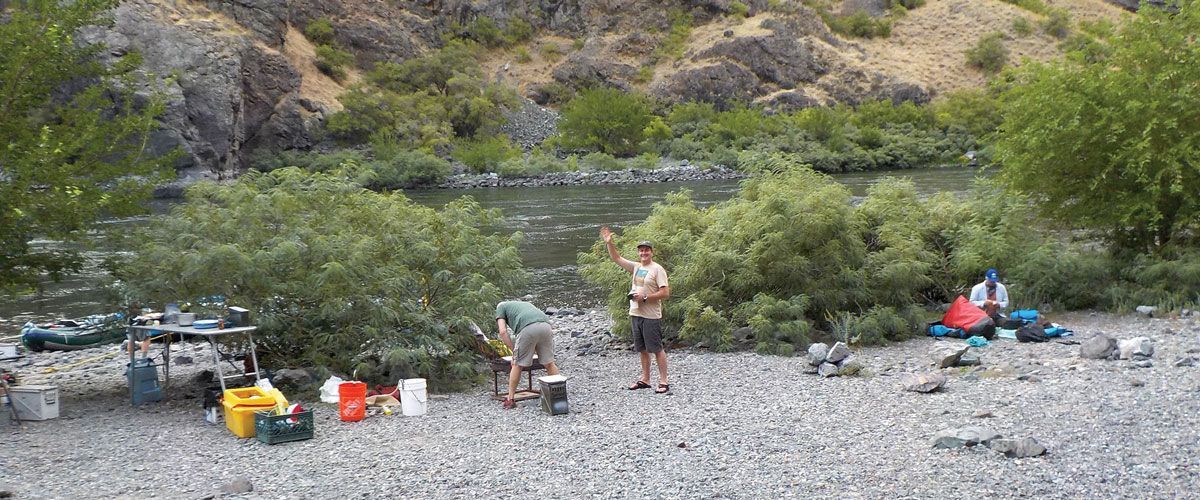
By Rob Bettaso
Photos by Rob Bettaso
and Kirk Young
Our six day river trip started with a push, as I leaned into the nose of the raft and then clumsily hopped aboard as the boat began floating out into the turbid waters of the Snake River, just below Hells Canyon Dam on the Idaho/Oregon border. My friend Kirk worked the oars and took us out into deeper water where he situated us within the river’s strongest current. After a 950 mile drive and an arduous early morning of unloading trucks and loading boats, we were finally beginning our voyage — a nearly 80 mile run down the Snake until we reached our “take-out” spot at Heller Bar (as in sand-bar, not, as in a tavern; though, if there was a tavern located at Heller Bar, it would probably do a brisk business).
There is an old saying that suggests that “you never step into the same river twice.” I assume that what is meant by this is, that the flow of water is eternal yet ever-changing: it starts in the clouds, falls upon the land, runs down to the seas, where, over time, it evaporates back into the clouds – to begin the cycle anew. But, at every step along the way, it changes: sometimes picking up sand here, but then, perhaps depositing silt elsewhere; sometimes slowing and allowing for the proliferation of plankton, but then at other times, picking up speed and eroding banks, boulders, or cliff walls. Eventually, a stream might percolate down below the Earth’s outer strata and settle into vast reservoirs, or aquifers, which, if they are not forced back to the surface, eventually reach the oceans via subterranean passageways.
You will excuse the rhetoric; in truth, I am not remotely qualified as a hydrologist or geologist. For that matter, I’m not even qualified to call myself a river-runner — at least not a skillful river-runner. But my friend Kirk is. In fact, let me now offer up some basic trip statistics: we had on our expedition four inflatable, heavy-duty white-water rafts (ranging in size from Mike’s 12 foot “Aire” to Randy’s 18 foot “NRS” model); all of which are modern self-bailers with sturdy aluminum rowing frames. In our four rafts we had seven guys: four of us are fisheries biologists (Kirk, Randy, and me are retired; and Mike, who still works); one of the crew is a Nazarene minister (Brian, who is also a software product manager and an avid fisherman); and two of the crew are 20-somethings (Randy’s son Kenai and his pal, Sheldon) who are keeping their career options open.
I offer specifics on such things as the crew’s names, because people are as much a part of this story as is the river itself, or the wildlife, or the weather, or the Hells Canyon scenery. In fact, for the nearly 10 years that I have been writing for Anne’s Outdoors Southwest magazine, one of the people I have most wanted to write about is my friend of ~30 years, Kirk. Although I’ve lived in seven states and three countries; travelled through another 30 countries and most of our U.S. states; graduated from two universities; worked dozens of different jobs; and known countless people (most for the better, but a few for worse), somehow, I’ve had very few people in my life that I would call “mentors.” Kirk is one of those few, and really, much of what I’ve learned about the wild lands and waterways of Arizona, I have learned thanks to him.
In fact, other than floating a few rivers here and there in my youth, I never tried white-water until Kirk suggested that we add rafts to the various tools that we used to conduct the fisheries studies that we did through-out Arizona during the 1990’s. Several of the different fish species that have evolved in, and adapted to, the bigger streams of the “desert southwest” are bizarre-looking creatures that sport heavy dorsal keels; long and graceful fins; compressed and diminutive heads; and/or torpedo-shaped, powerfully muscled bodies. The names of these big-river native fishes are as colorful as the waters in which they reside and include Razorback suckers, bony-tailed Chubs, and Colorado River pikeminnows; the latter species, curiously enough, allows me to segue back to Hells Canyon, as the Pacific Northwest is home to a pikeminnow species as well — the Northern pikeminnow.
However, before I talk about some of the fishes and other wildlife of the river, I want to address the topic of rapids. Of the potentially dicey white-water in the stretch of the Snake River that we travelled, all of it occurred within the first two days of our river trip. Prior to launching, the guys who would row us through the tricky sections of the Canyon, watched on-line videos of other folks who had run the Snake’s bigger rapids (the three Class IV rapids). In typical fashion, Kirk neither dramatized nor down-played the Class IVs when he briefed me about the trip a few days prior to our departure. He had suggested that I use a waterproof “Paco pad” (a river-runner’s version of a sleeping pad, which is much thicker and far more durable than most pads used by campers and back-packers) strapped to some water-tight stowage containers that would, in turn, be strapped to the boat’s frame and would provide me with a secure seat in which to ride-out any rough waves, holes, and/or hydraulics.
In my early days of running white-water, before I had developed a sensitive lower back, I had grown used to either rowing, or being rowed, through bucking rapids and didn’t really worry about banging my body against the metal “rocket-boxes” that river-runners use to securely stow gear, since, said boxes often serve as seats (although we also frequently used our food coolers as seats, and they tended to be a bit more forgiving than the rocket-boxes). In those days, I was more concerned about being thrown from the boat and into the churning waves, than getting worked over while staying in the boat. At this stage of life, I now worry about both scenarios.
As it turned out, none of our crew who rowed through any of the rapids had any serious troubles and once the biggest white-water was behind us, I took up my binoculars while the other guys fished for small-mouth bass (an abundant, non-native species in the Snake River much enjoyed by not only human anglers, but also by belted kingfishers; ospreys; bald eagles; and various species of herons, egrets, and mergansers). In addition to the bass, a few of our crew saw large, breaching white sturgeons and Kirk also reeled in the lone northern pikeminnow. The latter species is not a fish that many people eat but for decades there has been a “bounty” (a government payment) on this interesting native — partly because some sportfishers have deemed the pikeminnow a “trash fish.” In more recent years, biologists have begun to speak to the value of “trash fish” as a vital part of the ecosystem but nonetheless, the agencies have maintained a bounty on the common northern pikeminnow because it eats rare and declining native salmon species.
Continuing downstream, the river not only mellowed but the canyon walls also became less sheer and many of our campsites afforded broad views of the valley. Instead of staring into campfires, we enjoyed watching the nighthawks emerge and swoop upon insects as the evenings transitioned from dusk to twilight to moonlit night. At dawn, we would often awake to the clucking sounds of two species of quail and the chucker (a partridge-like bird introduced from Asia). I didn’t see any new bird types on our trip but it was fun to watch Vaux’s swifts, black-capped chickadees, and black-billed magpies again, since it had been a few years since I had last seen those more northerly species.
Perhaps the most curious wildlife observation of the trip came one afternoon, after we had pulled the boats into a scenic, sandy camp along the shores of a Snake River tributary: the Imnaha River. As always, everyone pitched in to unload the rafts (a drudgerous daily task) and when we finished, Kirk and I decided to take a hike in the direction of an old mine – something Kirk’s river guidebook had mentioned as a site worth visiting. Along the way, we noticed that about a quarter-mile upslope and away from the river, there was a herd of 13 bighorn sheep (of the Rocky Mountain variety) all of which were adult ewes and this year’s lambs. The group was led by an alpha female who was steadfastly guarding a mine-shaft or natural cave entrance; we couldn’t be sure which of the two it was given our distance from the site. Occasionally the alpha would step into the cave (or shaft) and disappear for a few moments. Later, she allowed the other sheep and lambs to take their turns and, one by one, they also went inside and vanished from sight for a few minutes before re-emerging for us to see as we focused our binos on the area. We assumed that there was either a mineral lick inside the hollow’s depths or maybe a small spring, though the general area was devoid of vegetation and appeared to be nothing but lifeless rock.
After five nights on the river, we came to Heller Bar on the morning of our sixth day. Despite having the river (and tributaries) to occasionally bath in during the trip, we were, nonetheless, all somewhat grubby and each of us looked forward to a hot, soapy shower. Kirk and I had planned ahead; so on our way home we would be staying in a hotel in McCall, Idaho. Once we made it to the hotel, we flipped a coin and Kirk won the toss so was the first to get a hot shower. Me, I clicked on the hotel T.V. and, after first checking to make sure we hadn’t entered WWIII or something crazy like that, I switched to a nature show and watched an episode about venomous snakes of Australia.
Speaking of which, of the seven of us on the Snake River trip, I was the only person to have seen a rattler; it was during a gentle stretch of water and while Kirk was fishing for bass, I was using my binos to watch for birds along the river’s edge. After observing a few different types of wrens and warblers (oh, by the way, the canyon wren was probably the most commonly heard bird through-out our trip) I noticed something different rummaging in the berry-bushes growing right at the water’s edge. It turned out to be a song sparrow and while watching him forage, I just happened to notice that moving behind him was a type of rattlesnake. I couldn’t tell which species it was (they have two in that part of Idaho and Oregon) but I could make out several distinct rattles at the tip of his tail, which he held perpendicular to the plain of his body. The old buzzworm didn’t seem interested in the sparrow nor did the sparrow seem in the least bit concerned about the snake. But I was happy, because what would a trip down the Snake River be, without seeing one of “the serpents of paradise?”


